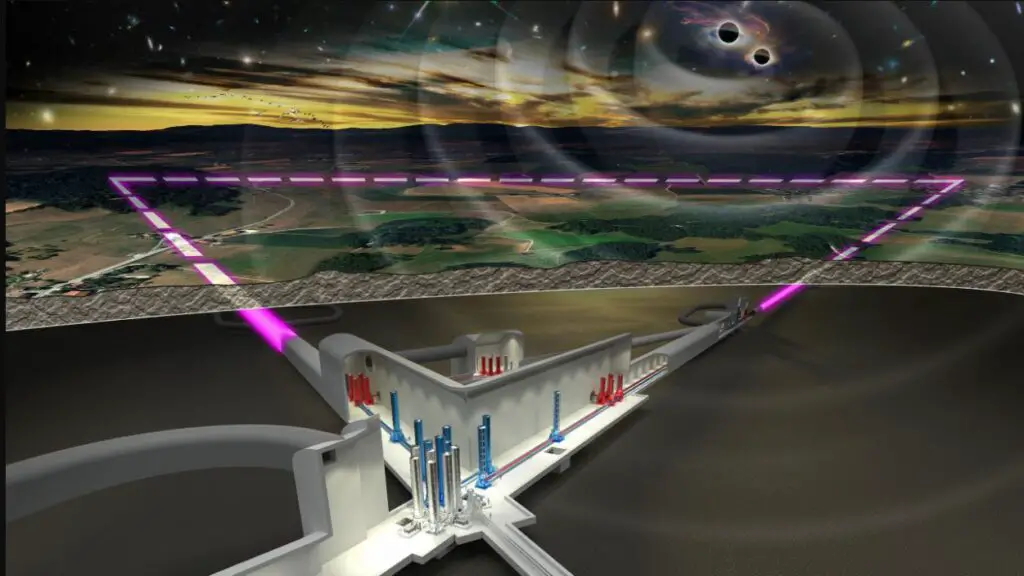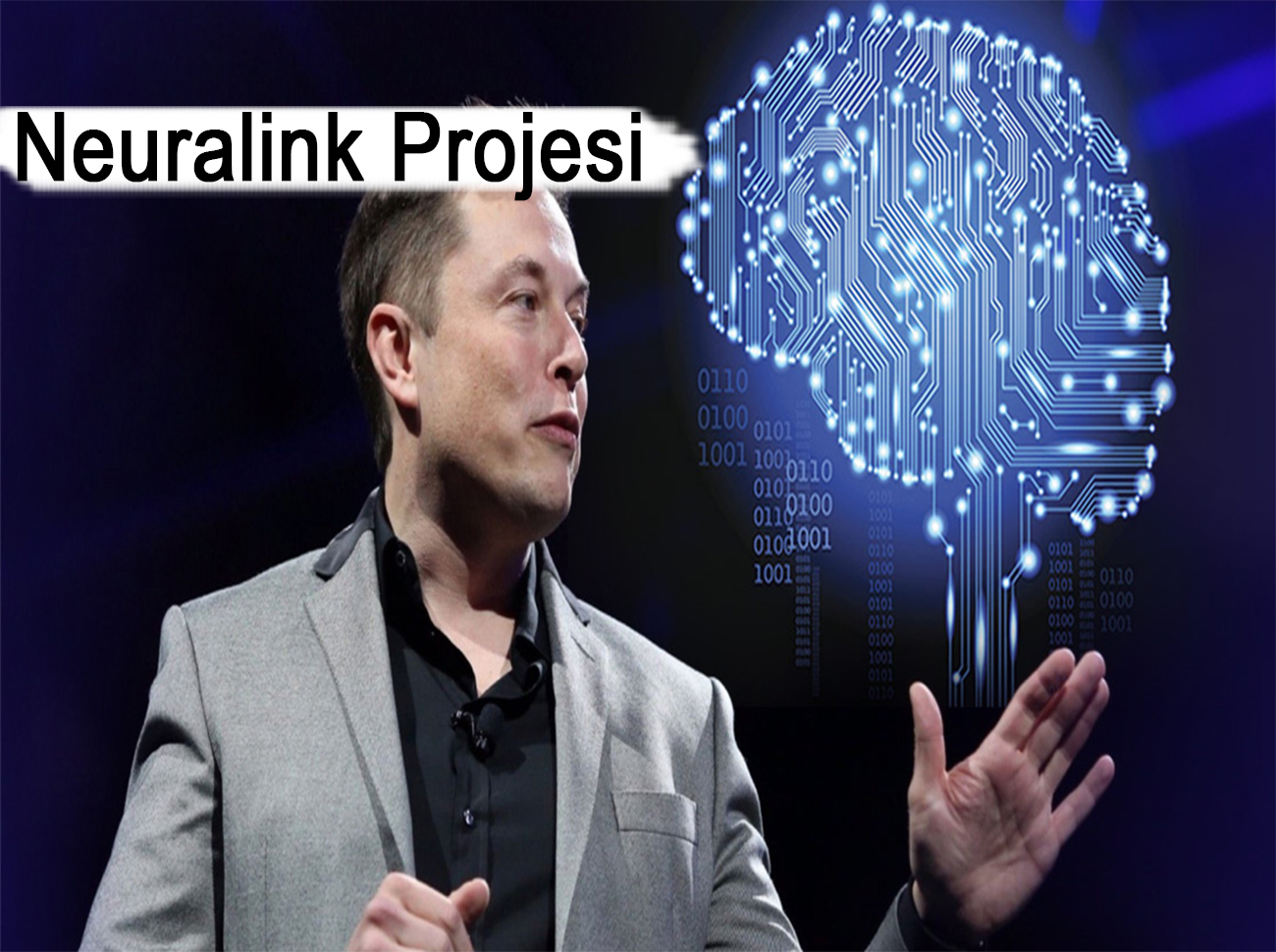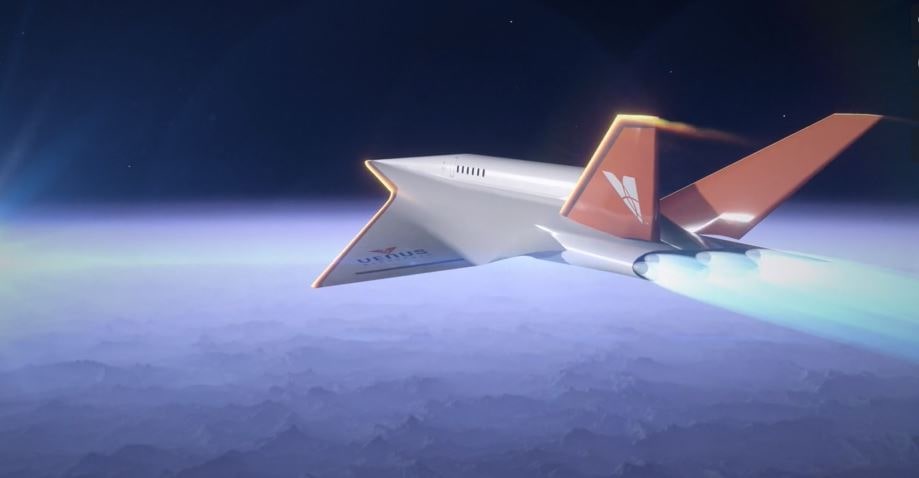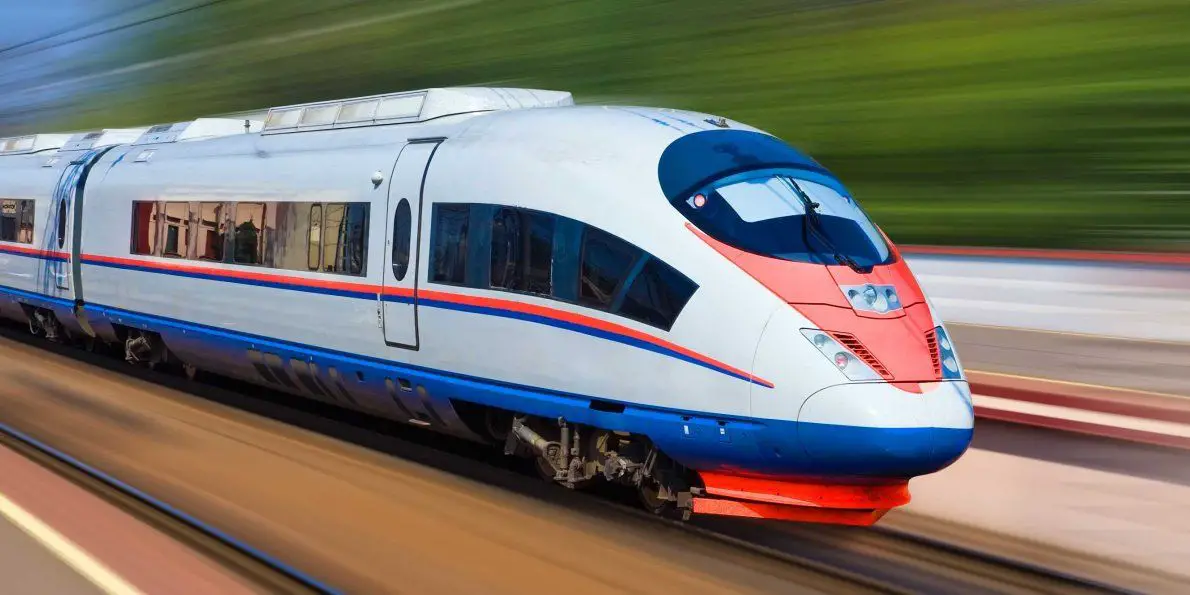The Netherlands will also join the search for cosmic gravitational waves, and will allocate nearly $1 billion in funding for the design and construction of the Einstein Telescope (ET).
Using this instrument, we will be able to better understand the nature of extreme things in the universe, such as: black holes, neutron stars, supernovae, and even the Big Bang itself.
According to the prediction of Einstein’s general theory of relativity, when an object with mass moves at an acceleration, it will also produce ripples in space and time, and the position of the object with its own mass propagates outward, which is called a gravitational wave.
However, because the interaction between gravitational waves and matter is very weak, it is not easy to The matter being propagated changes its properties, and it will also pass through directly when it encounters the earth, so it is an excellent information carrier in the depths of the universe.

Einstein telescope will be buried at a depth of 200 to 300 meters
In 2015, LIGO first detected the theoretically predicted gravitational waves (officially announced in 2016), which were released by the merger of two black holes about 1.3 billion light-years away from the earth, opening a new field of astrophysics.
Since then, two large detectors, LIGO in the United States and Virgo in Italy, have successively detected more than 50 gravitational wave events, some from binary black hole mergers, and some from binary neutron star mergers.
Now, the Dutch cabinet has determined that the National Growth Fund will be allocated to a consortium from the Netherlands, Belgium, Germany and other parties (but the Dutch industry needs to be involved) to further design and build another gravitational wave interferometer: Einstein Telescope (ET) , with an estimated EUR 42 million for preliminary analysis and EUR 870 million for construction.
A lot of research, such as developing very thin and extremely precise mirror coatings, has to be done before the telescope can actually be built. In addition, the Einstein telescope will be buried at a depth of 200 to 300 meters, so it is necessary to find the most cost-effective digging method.
It is estimated that the final total cost of the Einstein Telescope will be about 2 billion euros, and the construction will take about 10 to 15 years. Once completed, the telescope will be a top research facility for at least 50 years.




